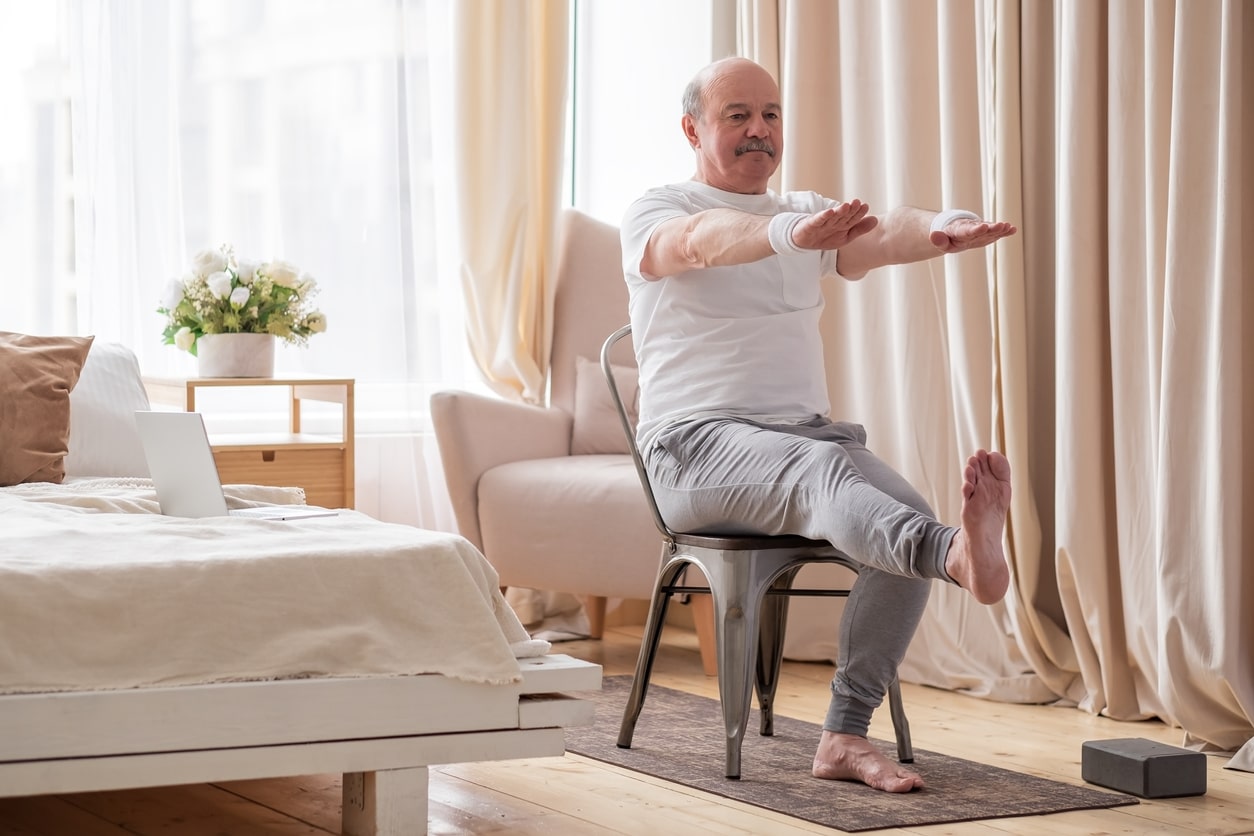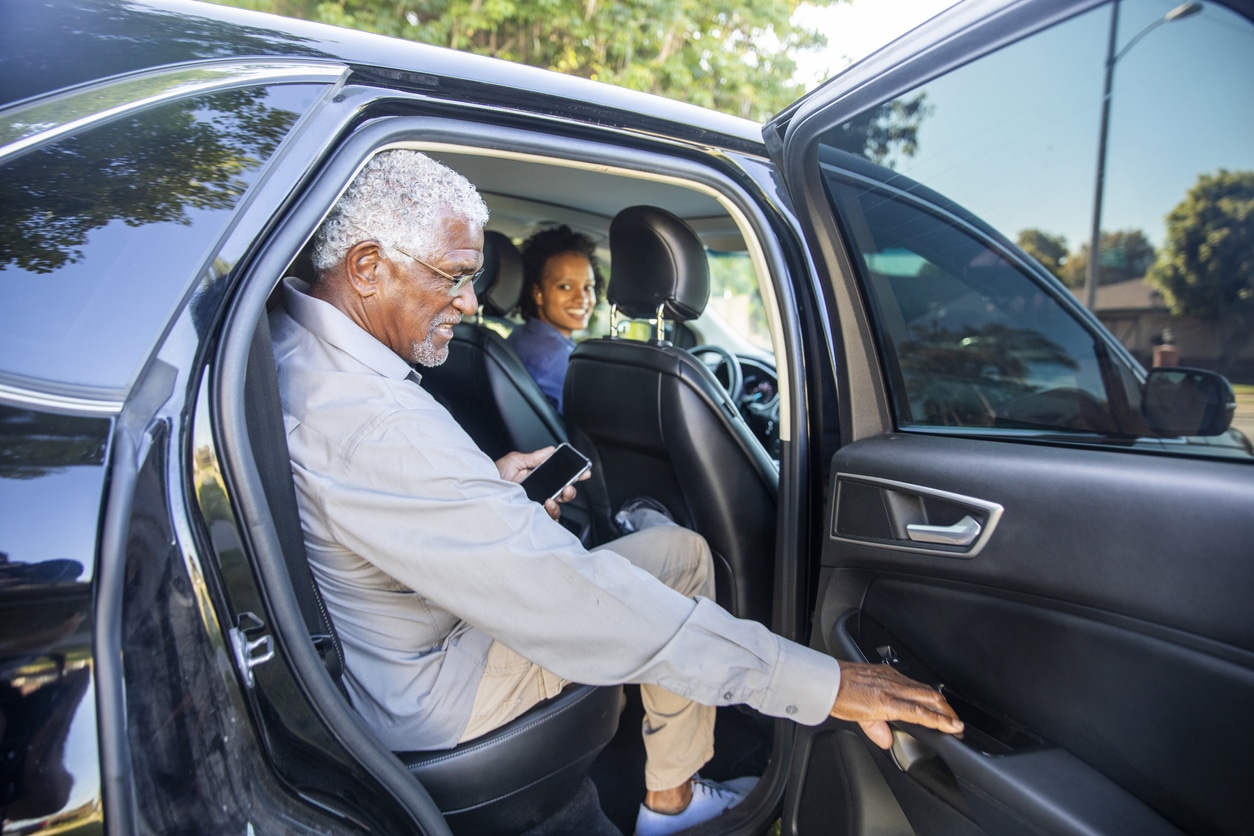Walkers, canes, and other assistive devices can help seniors to maintain their independence and get safely from point A to point B. If used incorrectly, however, these devices can cause more falls than they prevent.
Here’s a closer look at assistive devices, and how you can properly use them to keep yourself safe:
Canes
According to a report from the National Center for Health Statistics, canes are the most prevalent assistive devices. And with 4.8 million Americans relying on canes, there’s no shortage of options when it comes to choosing a cane. Many seniors find that aluminum and wooden canes are both adequate for their needs; however, aluminum canes have the distinct advantage of being adjustable. Quad canes, which have four legs instead of the standard single leg, are ideal for those who need additional assistance for fall risk. All canes should be equipped with rubber tips to ensure balance and prevent slipping.
Any cane you choose should support at least 25 percent of your body weight. To reduce your risk of falling, it should also account for your height. The best way to measure for the right size cane is to ask a physical therapist to adjust it for you; however, it’s possible for you to determine an appropriate cane size. To start, stand straight, allowing your arms to hang freely by your sides — the distance from your wrist to the floor is the height your cane should be. When you hold the cane by its handle, there should be a 20-degree crook in your elbow.
Once you’ve chosen a cane, practice walking with it. First, place it in the hand opposite your weaker leg. Take a step with that leg, matching the movement with your cane on the other side. Shift your weight between the cane and your weaker leg and move your good leg forward. If you must climb stairs, put your good leg forward first followed by your other leg and cane. Do just the opposite going down the stairs, with the weak leg and cane taking the first step.
Walkers
There are many options available for those who need walkers. Some walkers have four rubber tips; others have wheels, either in the front or on the front and back. Designed to be used with one hand, lighter and smaller hemi walkers are especially useful for stroke victims.
A properly fitted walker is key to preventing falls and reducing fatigue. As with canes, you can size walkers by relaxing your shoulders and placing your hands on the grips — there should be a 15-degree bend in your elbows. When you drop your hands to your sides, your wrists should align with the top of the handles.
When using a walker, keep your back straight and move it just a step ahead, as putting the walker too far in front of yourself can cause you to fall. Holding the device firmly in place, take a step toward it, being careful not to get too close to the handlebar. Be sure to take careful, deliberate steps, and never use your walker when climbing or descending stairs.
Learning to use an assistive device might be frustrating at first, but like everything else, practice makes perfect. Once you have found the device that best suits your needs, take your time and learn to use it. Once you do, you’ll preserve your independence and feel more confident in your daily life.




